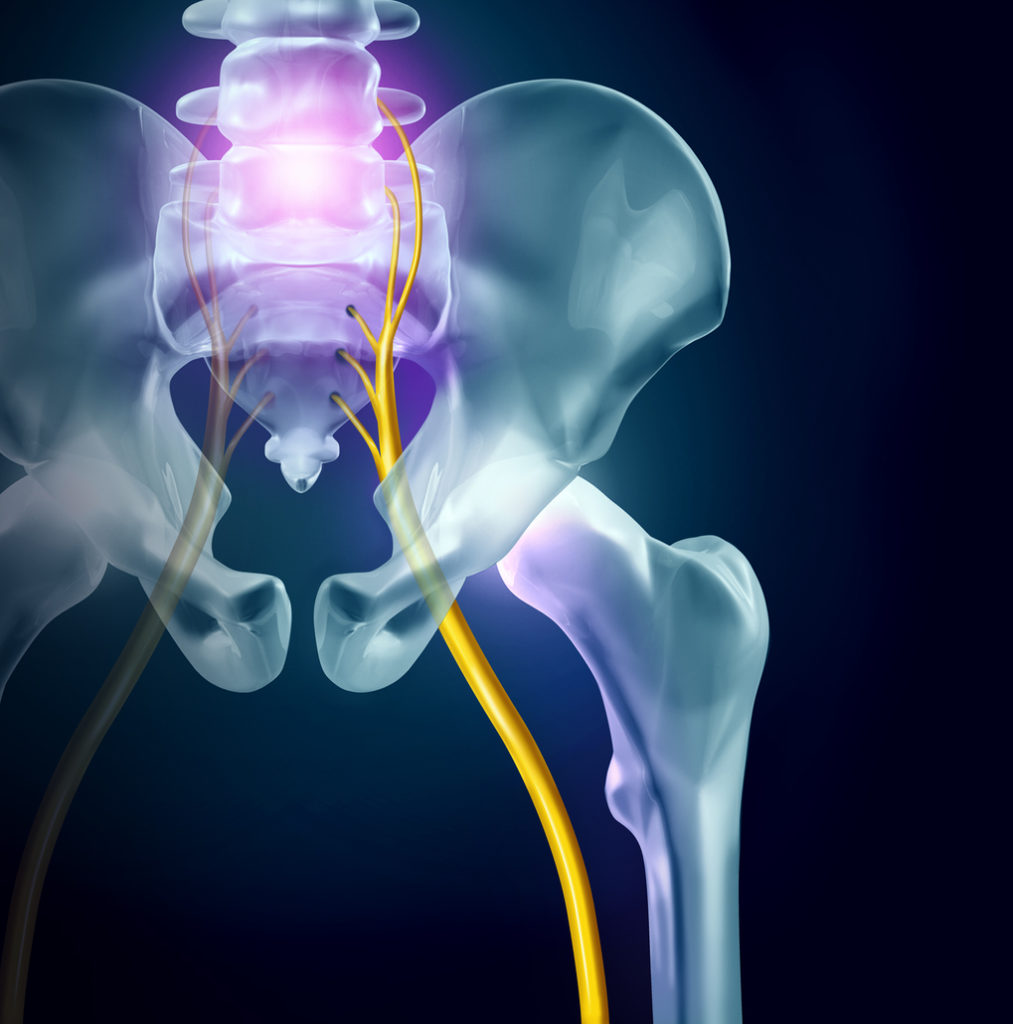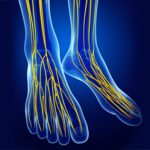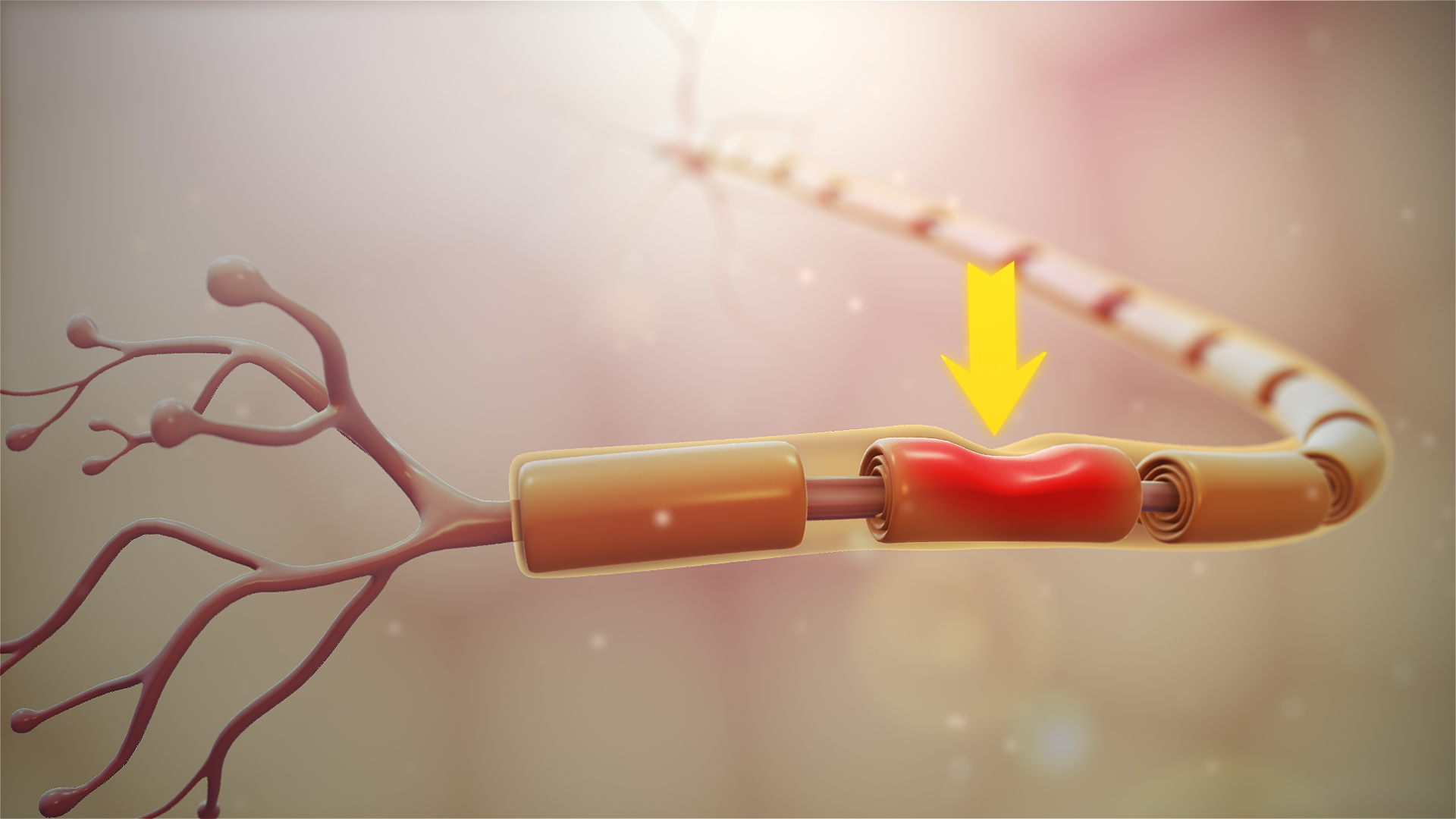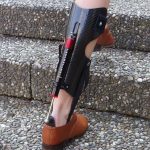La sciatica is a condition that can cause a lot of pain and discomfort. In some cases, it can even lead to paralysis. In this post, we will discuss the sequelae and prognosis of crippling sciatica. We will also give you tips for coping with this condition.
Lumbar Spine Anatomy
La lumbar spine is a complex structure made up of several bones, joints and muscles. The lumbar spine is made up of five vertebrae, which are the bones that make up the spine. The vertebrae are stacked on top of each other and are connected by ligaments, tough and flexible tissues that hold the bones together.
The vertebrae are also separated by intervertebral discs, which act as shock absorbers for the spine. The discs are made up of a gelatinous substance called the nucleus pulposus, which is surrounded by a tough outer layer called the annulus fibrosus.
Between each pair of vertebrae is also a facet joint, which helps stabilize the spine. The facet joints are located at the back of the vertebrae and are covered with cartilage, a type of tissue that helps reduce friction between the joints.
The anatomy of the lumbar spine is quite simple, but it plays a vital role in supporting the body and protecting the spinal cord.
Sciatic Nerve Anatomy
Le sciatic nerve is the largest and longest nerve in the human body, extending from the lower back to the feet. It is made up of nerve fibers coming from the L4 to S3 roots and leaves the pelvis through the greater ischial notch.
Le sciatic nerve passes through the piriformis region, usually below this muscle. From there, it descends along the posterior aspect of the thigh, passing under the hamstrings. It then enters the leg at the popliteal fossa, where it divides into the tibial and peroneal nerves.
The tibial nerve continues down into the foot, while the peroneal nerve wraps around the head of the fibula and travels down the lateral side of the leg. the sciatic nerve is responsible for the motor and sensory functions of the lower limbs.
It provides innervation to the muscles of the legs and feet, as well as sensation to the skin in these areas. An injury or compression of the sciatic nerve may cause pain, numbness and weakness in the affected leg. The sciatica is a condition characterized by pain along the sciatic nerve.
Paralytic Sciatica: Definition and Explanation
La crippling sciatica is a special variety of sciatica, which causes motor disturbances in the area innervated by this nerve. Depending on the affected root, people with crippling sciatica may have difficulty walking on their heels (if the L5 root is affected) or on their toes (if the S1 root is affected).
This can often be accompanied by a feeling of weakness in the legs. In the case of paraplegia, there may be complete paralysis of the lower limbs. Quadriplegia results from damage to the C5 to T1 nerve roots and results in paralysis of all four limbs.
If only one side is affected by the sciatica paralytic, we speak of hemiplegia; if the upper and lower limbs on the same side are affected, it is called monoplegia. Bilateral involvement of the limbs is called diplegia.
In general, the sciatica paralysis does not cause pain, but may be associated with paresthesias (abnormal sensations such as tingling or numbness) in areas supplied by affected nerve roots.
The difference between crippling sciatica and sciatica
The main difference between the crippling sciatica and sciatica classic is the intensity of the discomfort felt. People suffering from a sciatica classic generally feel less intense discomfort than those suffering from a crippling sciatica.
This is explained by the fact that the sciatica is not always associated with significant weakness or paralysis of the ankle dorsiflector muscles, whereas crippling sciatica results in greater disability, especially when both legs are affected or the nerve is severely irritated.
In summary, if both types of sciatica can be extremely painful, crippling sciatica is generally more disabling and therefore more serious.
Causes of Crippling Sciatica
There are a number of possible causes of crippling sciatica, especially :
- One of them is herniated disc, which occurs when the outer layer of the disc tears open, allowing the inner layer to come out and compress the sciatic nerve.
- Another possibility is lumbar osteoarthritis, a degenerative condition that causes joint cartilage to break down.
- Lzygapophyseal osteoarthritis, or facet osteoarthritis, is another type of degenerative joint disease that can lead to sciatica.
- Le spondylolisthesis is another potential cause, which occurs when one of the vertebrae moves and puts pressure on the sciatic nerve.
- Finally, the narrowing of the lumbar canal (also called spinal stenosis) can also lead to sciatica by putting pressure on the nerves.
Although these are the most common causes of crippling sciatica, there are also other potential causes. It is therefore important to consult a medical professional to determine the exact cause of your symptoms.
Symptoms of crippling sciatica
The most common symptom of crippling sciatica is weakness in the affected leg(s). This can range from a slight feeling of heaviness to complete paralysis of the limb.
Other symptoms include tingling, numbness, or pain in the affected area. These symptoms may be caused by compression of the nerve roots that lead to the sciatica.
In some cases, people with a crippling sciatica may also experience bladder or bowel problems. This is due to the fact that the sciatic nerve also innervates these organs.
What sequelae after paralyzing sciatica?
The consequences of a crippling sciatica depend on the moment of compression of the sciatic nerve and the cause of this compression. The greater and longer the compression, the greater the residual symptoms.
The possible sequelae are paresthesias, weakness, gait disturbances, bladder or intestinal disorders.
If you experience any of these symptoms, it is important to seek medical attention as soon as possible. Early diagnosis and treatment can help reduce the severity of symptoms and improve your quality of life.
Paralyzing sciatica: What to do?
There are two main types of treatment for crippling sciatica : conservative and invasive.
Conservative treatment
The first line of treatment for crippling sciatica is generally conservative. This means that the goal is to relieve pressure on the nerve root without resorting to surgery.
To do this, your doctor may recommend treatment with physical therapy and/or the use of a brace (a device that supports and immobilizes the affected limb).
In some cases, your doctor may also recommend corticosteroid infiltration. This can help reduce inflammation and relieve pressure on the nerve root.
Invasive treatment
If conservative treatment does not bring relief, your doctor may recommend surgery.
The goal of surgery is to decompress the nerve root and relieve pressure on the sciatic nerve.
There are several types of surgery to treat crippling sciatica. The type of surgery recommended will depend on the cause and the severity of your condition.
orthosis
In some cases, your doctor may recommend the use of a brace. This is a device worn over the affected limb to support and immobilize it.
Orthotics can be helpful in reducing pain and facilitating rehabilitation after surgery.
Resources











